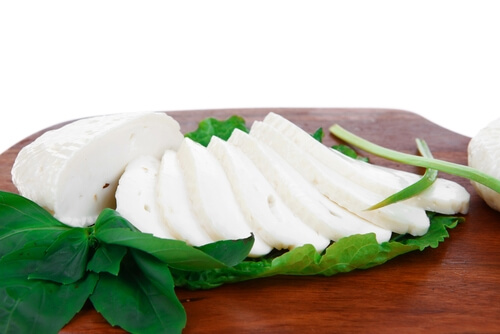What you need to know about chevre
France is renowned for its many flavorful cheeses, which can be used for everything from a Croque Monsieur to the baking and pastry arts. Perhaps one of the most famous of these dairy products is chevre, a cheese made from goat’s milk that has become popular around the world. Goat cheese has a number of nutritional benefits, as it is lower in fat content than cheese made from cow’s milk and boasts high levels of vitamin A. Also, the soft texture and tart flavor of chevre makes it a perfect dessert cheese.
Chevre 101
French food has an incredibly rich history that is built on traditions. With that said, making quality chevre has some strict standards. For example, the goats must consume at least 75 percent locally sourced food so the flavor of the region remains consistent. Certain chevres can only be made in specific regions of France under what’s known as a protected designation of origin. A PDO requires that protected goat cheeses are entirely processed and produced in France. PDO’s give each region’s signature chevre a distinct flavor, texture and shape. Milk production in goats is limited seasonally, so chevre can only be readily produced from March to October. Chevre is generally not aged for more than four months. Goat cheese also cannot be frozen or the flavor is affected.
Goat cheeses often come in wheels or rolls. At times the chevre is sprinkled on the outside with seasoning or fruit. Many factors go into creating the flavor and aroma of chevre. For example, some goat cheese producers add a serum to alter the acidity and moisture level. Moisture, density, aging and flavoring all add to a chevre’s distinct flavor profile.
Well-known French varieties of goat cheese include Bucheron, Chabis, Chavroux, Clochette, Montrachet, Picodon and Pyramide.
Ideas for using chevre
- Chevre spreads easily on crackers or bread, making it a great snack or appetizer.
- Top a hamburger with chevre to give it a tangy, earthy taste.
- The flavor of chevre complements fruity desserts such as lemon bars or pound cake.
- Use chevre to make a rich cream cheese-style frosting.
- Use chevre to flavor potato-based dishes such as a breakfast hash or mashed potatoes.
- Crumble chevre over a green salad rich in fruit and nuts.
- Deep fry goat cheese and serve with pita or vegetables.


